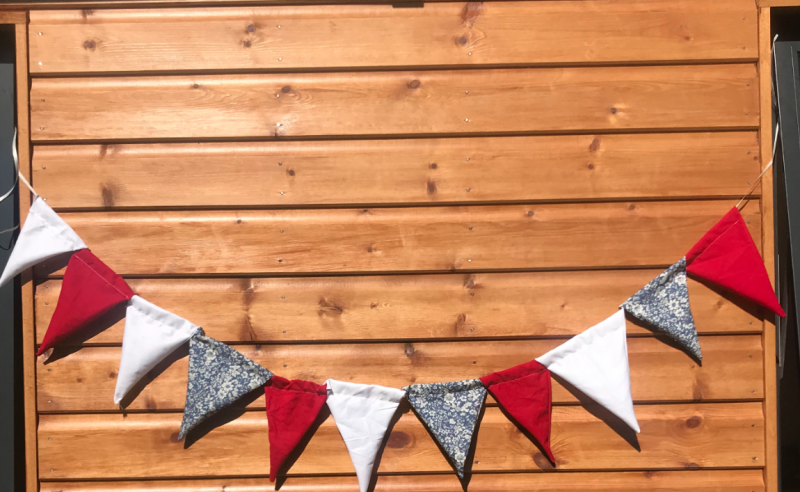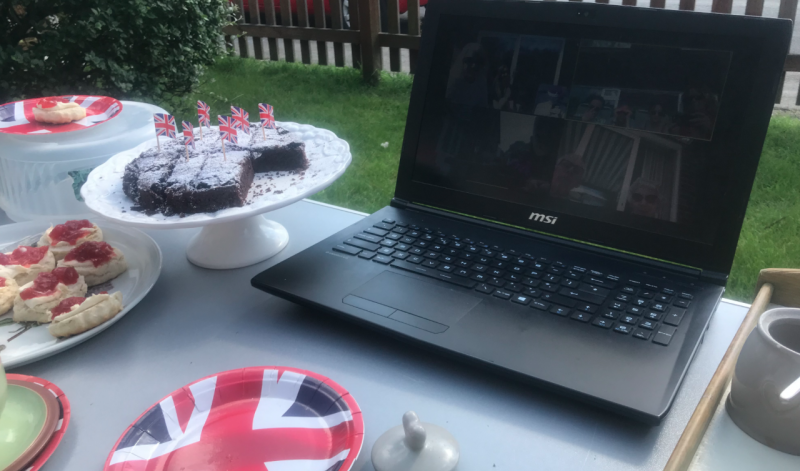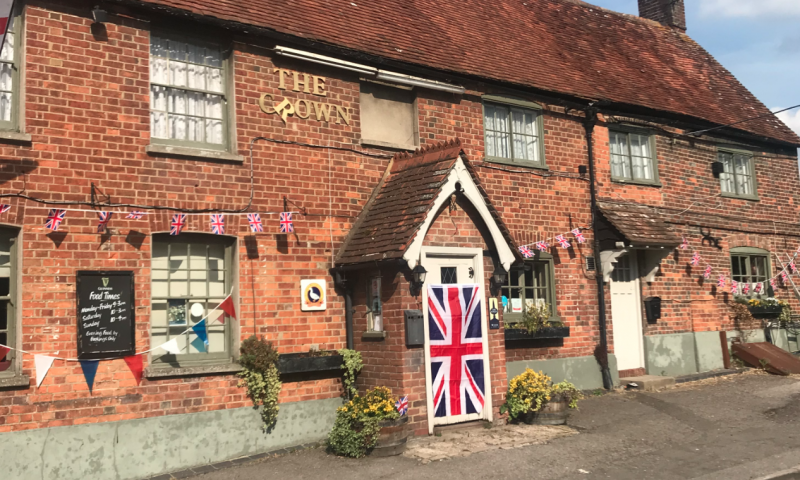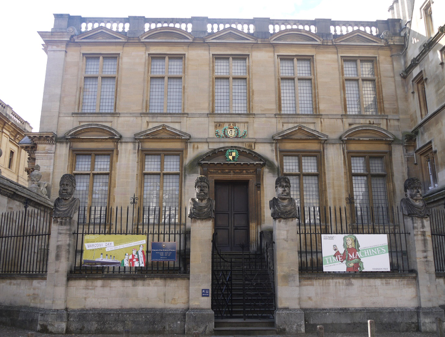The Pitt Rivers Museum by Victoria Bentata
Hidden away at the back of the Oxford Museum of Natural History, the Pitt Rivers Museum is extraordinary and not to be missed. Entering it for the first time is like discovering Aladdin’s cave.
It consists of a huge ground floor room with two galleries laden with objects. Yet, despite its size, it is strangely intimate, like an eccentric uncle’s attic. This is partly because of the sheer amount of ‘stuff’ squeezed into the available space, but also because of its extraordinary variety. From the massive Canadian totem pole to the tiniest rings and charms, from rifles to masks, mummies and glass surgical instruments, everything is unexpected and surprising.
The high ceiling allows space to breathe, but there is little room to move without encountering an exhibition case. And each case is so crammed with fascinating objects that you can spend an hour just looking at its contents and deciphering the labels. These are often hand-written and have been here since the early years after the Museum was opened in 1884.
The Natural History Museum next door displays animals, insects and minerals. In contrast, the Pitt Rivers Museum is an ethnographic museum and all its artefacts were made and/or used by human beings.
In the museum they are grouped by type (e.g. textiles, weapons, baskets, dead enemies…) and their original function was to demonstrate progress. Pitt Rivers described what he saw as the journey from simple to ‘civilized’ in an essay on ‘Cultural Evolution’, something in which the Victorians implicitly believed. Of course, in the race to progress they were in pole position.
General Pitt Rivers himself was originally a Grenadier Guard who was assigned in 1850 to test a new rifle, the Minié. As a result, he developed a passionate interest in the historical development of firearms. This in turn led to a fascination with history and archaeology and to collecting the material objects you can see today.
Thanks to the attention to detail and passion of the museum’s first curator, Henry Balfour and the brilliant work of anthropologist Beatrice Blackwood, who was not only an adventurer but a meticulous cataloguer, the Pitt Rivers became the exciting yet academically robust museum it is today.
To visit the museum virtually go to: Click here We recommend a virtual tour first and then a closer look at whatever interests you. They have lots of home-schooling resources, perfect for lockdown projects.
We recommend a trip to the Pitt Rivers Museum as part of a day spent in Oxford, ideally after a Walking tour with Walking Tours of Oxford. Looking forward to welcoming you when times change.
© Victoria Bentata 2020 for Walking Tours of Oxford
is surely one of the most extraordinary museums in the world.




